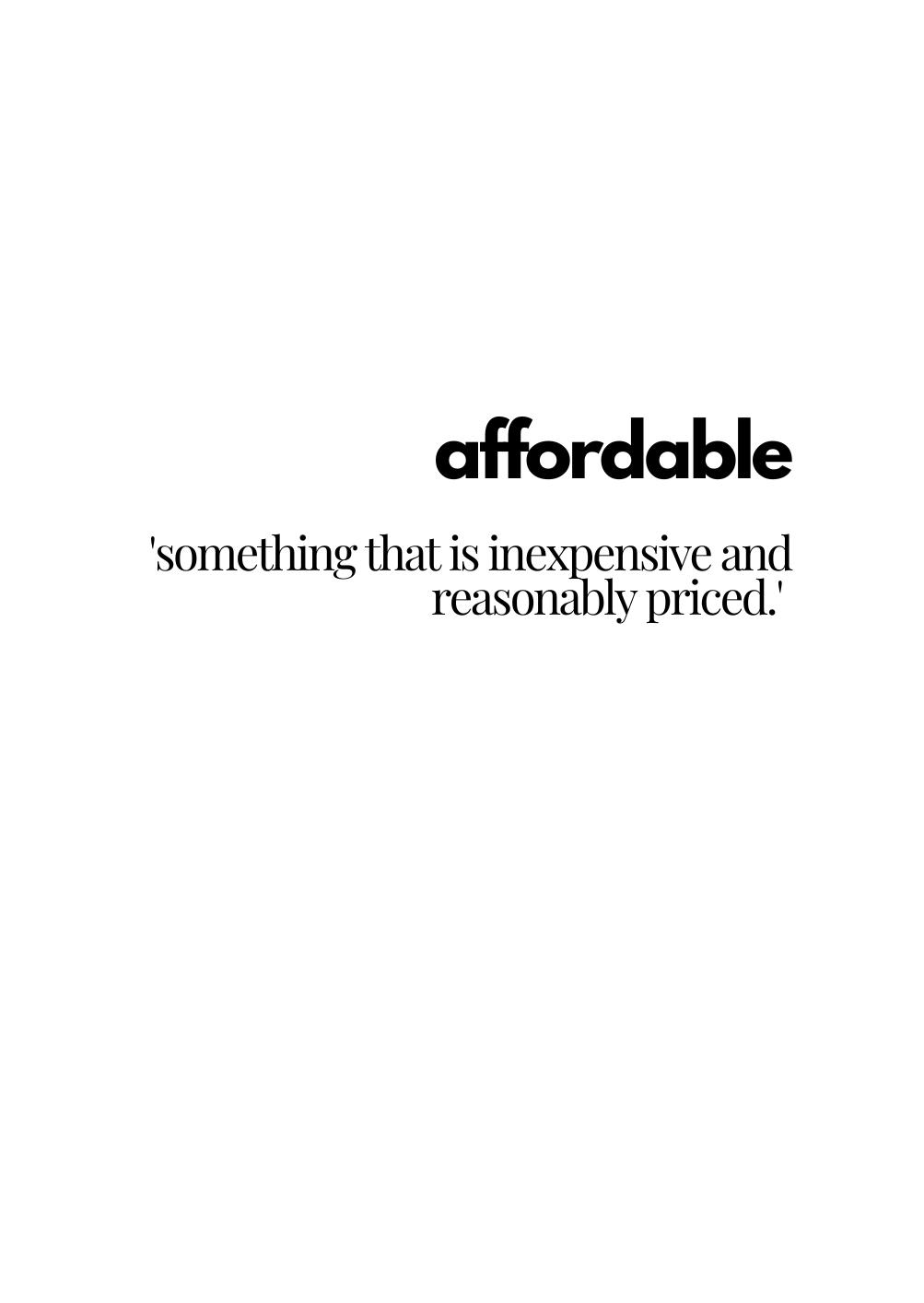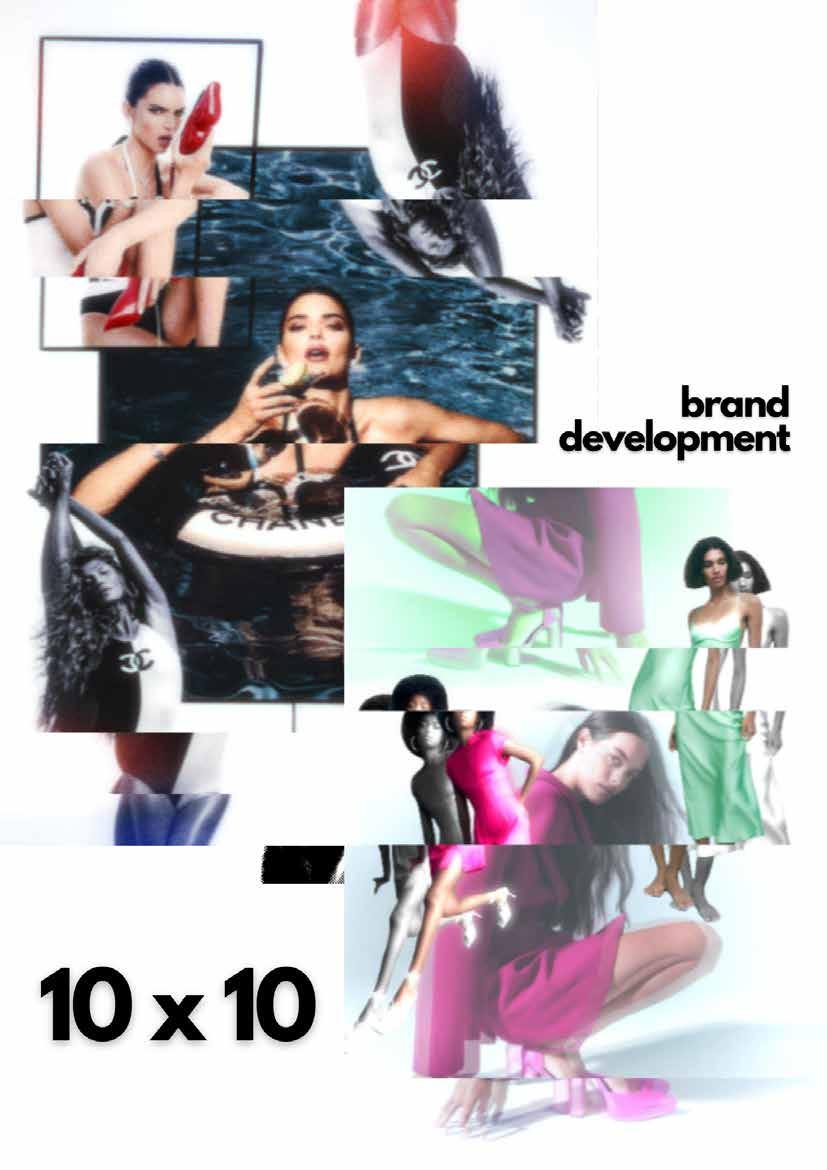



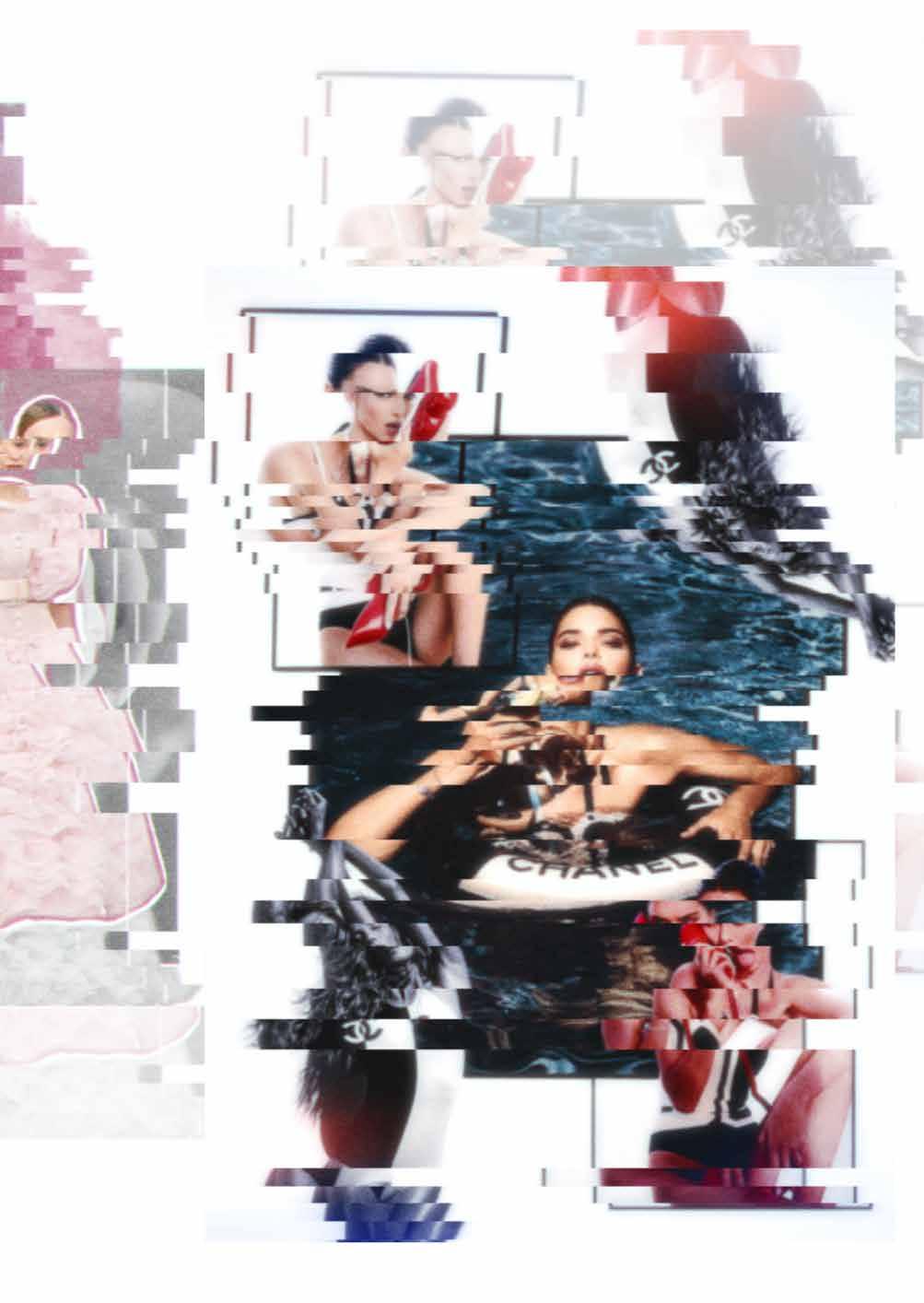
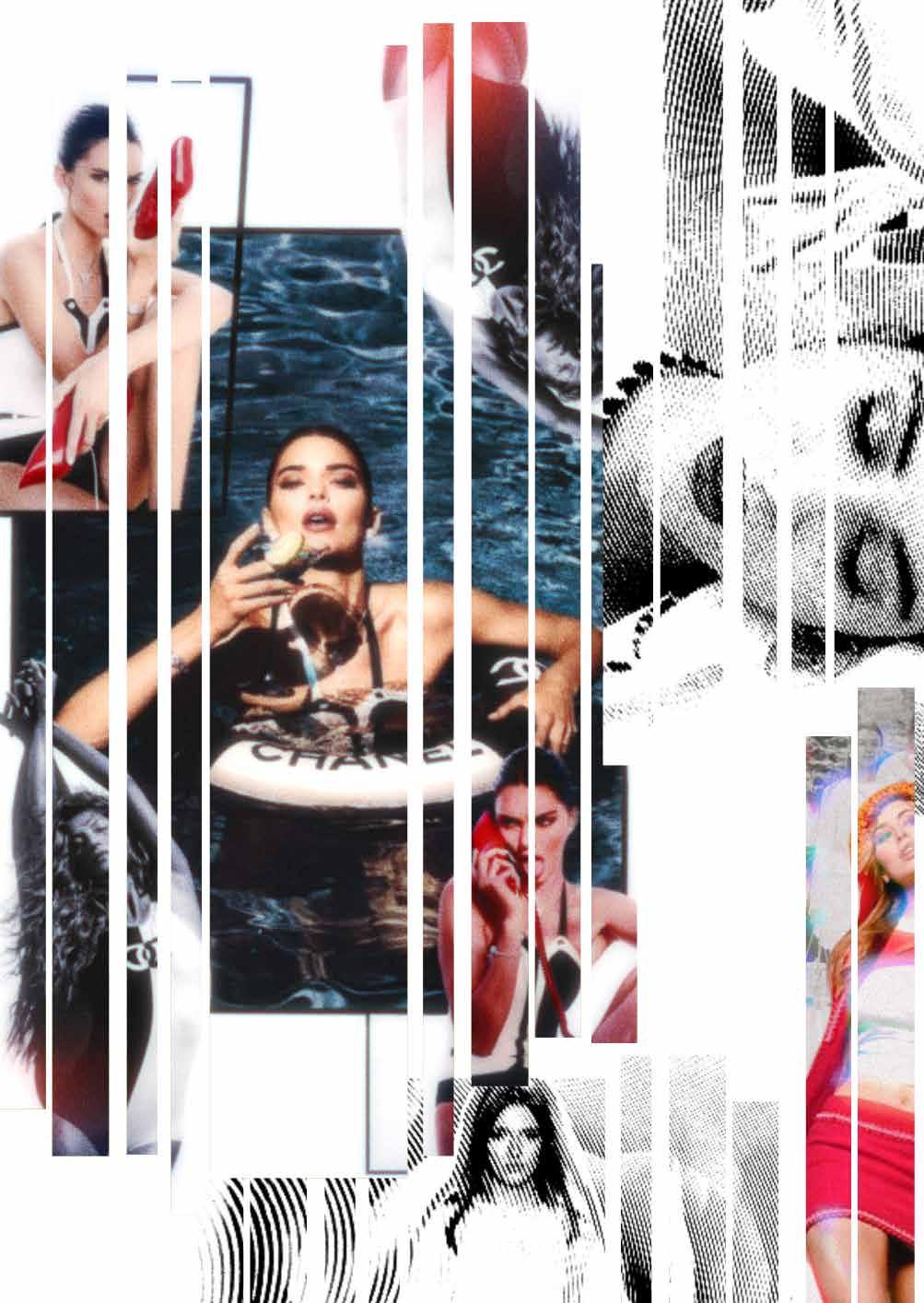


Chanel is a brand that embodies the aesthetic, status, value and consumer conception of luxury. For many consumers, a luxury brand illustrates the elements of all things high quality, exclusivity, high levels of desirability and the idea of creating a sense of high emotional and hedonic value which adds to the demand levels of their products. Chanel’s brand identity and brand exclusivity as a whole has allowed the luxury fashion brand to create a level of status for their clothing, beauty and accessories, which for many can be seen to be ‘out of touch’ or unaccessible for the mass market. This marketing technique can be applauded for it’s ability to create higher levels of adoration and desire for mass market consumers to own a Chanel product. At some of the highest price points within the luxury and haute couture market levels, Chanel uses some of the highest quality materials and craftmanships in the industry. Therefore, for this reason, this justifies the Chanel’s brand charging such high price points for their products. In terms of consumers wanting to buy into investement pieces rather than consuming trend-based fashion, Chanel effectivley illustrates how luxury market brands can have the ability to influence a wide-ranging and diverse audience into becoming more involved within the sustainable, luxury and timeless fashion consumption movement.

Chanel is probably best known for their brand status, market influence and overall impact-driven ability to create influencial change within the fashion industry over the past decades. Most notably, Chanel is credited for the mass market impact of revolutionising the everyday wearing of the colour black, the iconic development of the ‘Little Black Dress’, as well as showcasing how women can wear the traditionally mascline style suit. The luxury brand’s impact over the years has shown further ability to create an influence of trends and styles in market levels further down the hierarchy, such as the high street and fast fashion market levels. Chanel’s impact has played the role of a key influence in many memorable and popular trends over recent years, such as the wearings of the colours black, red and pink, as well as creating a status for the brand in regards of acting as an authorative voice in setting trends and trickling down inspiration for different market levels. Many of the style elements which have influenced the modern day women’s wardrobe has been heavily influenced by Chanel’s ability as a brand to create a sense of impactful legacy and positive disruption within the fashion industry, changing the way women consume, style and enter into investment based fashion.

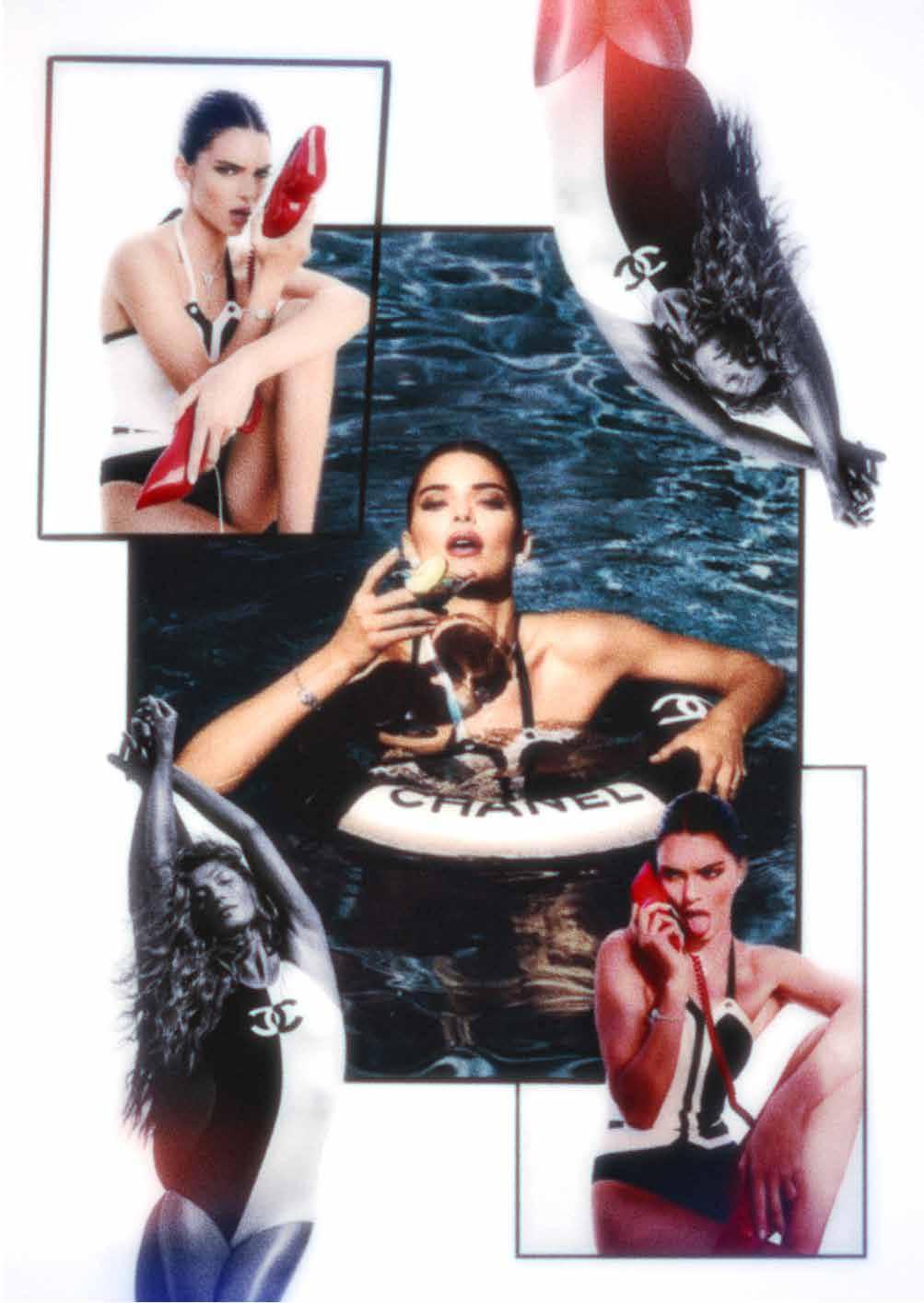

Chanel is often percieved to be very traditional and feminine in regards to the brand’s classic, timeless aesthetic, as well as the use of their traditionally ‘feminine’ colour and tonal palettes. Particularly within their newer collections from 2012 onwards, Chanel often incorporates colours such as black, red, pastel summer tones, pop brights and white within their seasonal fashion shows and editorial image campaigns. This feminine colour and tone aesthetic illustrates how the luxury brand is not afraid to showcase their own personal style, values and brand identity, as many of today’s popular luxury streetwear brands such as Balenciaga, Gucci and Comme des Garcons share the more masculine, oversized and urban aesthetic. As well as sporting a feminine visual colour palette, Chanel also effectivley communicates their feminine touch through the choice of style, shapes, cuts and sihlouettes both of their haute couture and ready to wear collections. Many of Chanel’s spring/summer runways in particular feature classic and timeless soft floating dresses, structured skirts and blazers, as well as shaped suits fitted to women’s proportions. This concept of visual displays of femininity is featured a lot within Chanel’s runway looks, which gives the brand a distinctive individual identity within a streetwear and contemporary driven market level.
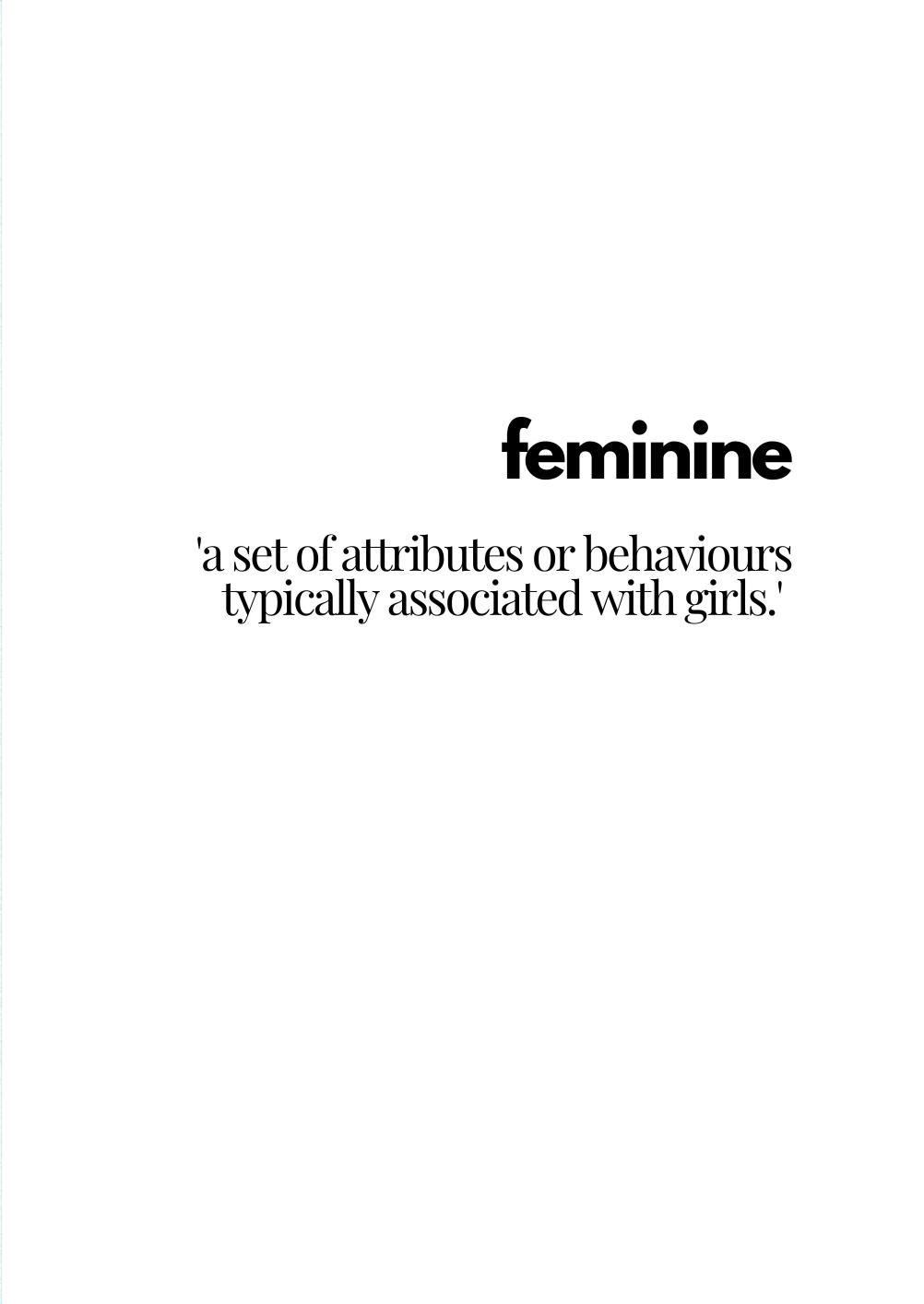
When researching into different types of luxury and haute couture fashion brands, it became clear that Chanel’s branding, consumer perception, high level of impact and influence all took on a role of contributing factors into creating the status of what Chanel is today. As a result of Chanel’s strong visual, progressive and creative impact over the years, the brand has accumulated a status within the luxury market level, illustrating the brand’s role as a trailblazer, authorative voice and first mover, influencing change across all market levels. The adoration and high levels of desire to own a Chanel product has influenced this idea of Chanel acting as an emotional value brand which can also add to your own personal ‘status’ within fashion and the wider society. Key pieces and products across the Chanel brand, including their Classic Flap black bag, the iconic Chanel No5 perfume and timeless beauty products have all contributed to curating the high level of status that is associated with the brand. My research into the luxury consumer and the psychology behind what drives consumers into making high value purchases all shares the similar motive of buying into luxury with the goal of buying into status. Buying into luxury often leaves consumers with the emotional feeling of pride, success and gives a sense of seperation between the every day high street consumer - which I believe contributes to Chanel’s popularity as a brand.
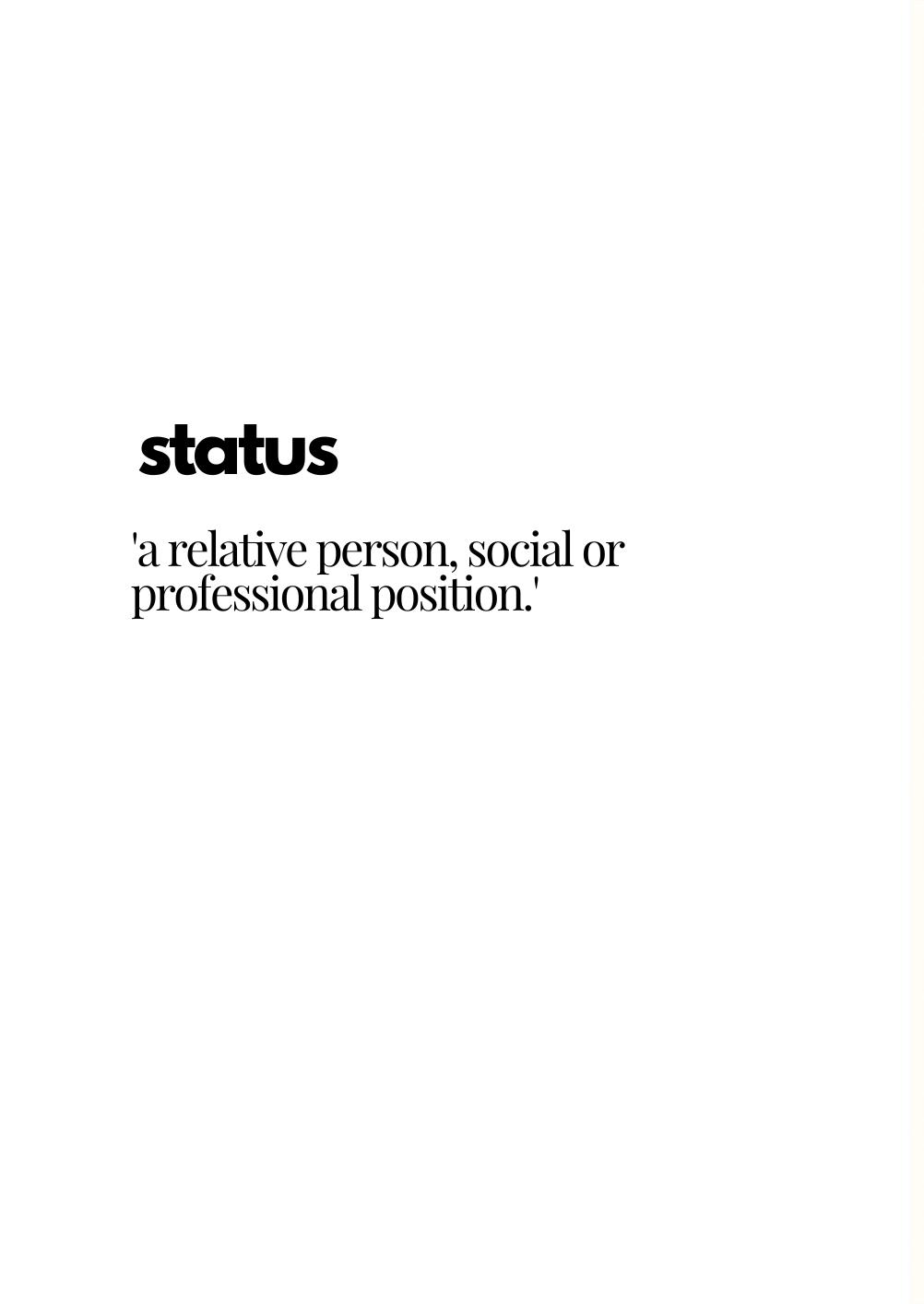


Chanel is a classic brand not only in their visual style, aesthetic and clothing design choices, but also through their channels of marketing and consumer communications. From researching further into Chanel’s editorial campaigns and collection marketing, I have discovered that the luxury market brand often sticks to more classic and traditional avenues of consumer communication, such as showcasing their latest collections through runway shows, print media magazine editorials and static image promotion. These classic methods of brand marketing and communication appears to be working well for Chanel in terms of showcasing their latest collections, however it is interesting to consider whether the brand is sticking to what they know too strictly, as the brand hasn’t yet shown signs of adapting to new digital ways of marketing and communication. In order to maintain a sense of brand relevancy particularly with their younger audiences such as Generation Z, I think Chanel may have to consider creating and engaging in new and exciting ways of communicating with youth consumers. Across the luxury market level in particular, brands such as Dolce Gabanna, Louis Vuitton and Gucci have already shown how luxury market brands can create interactive, visual and digitally engaging experiences for their target consumers.



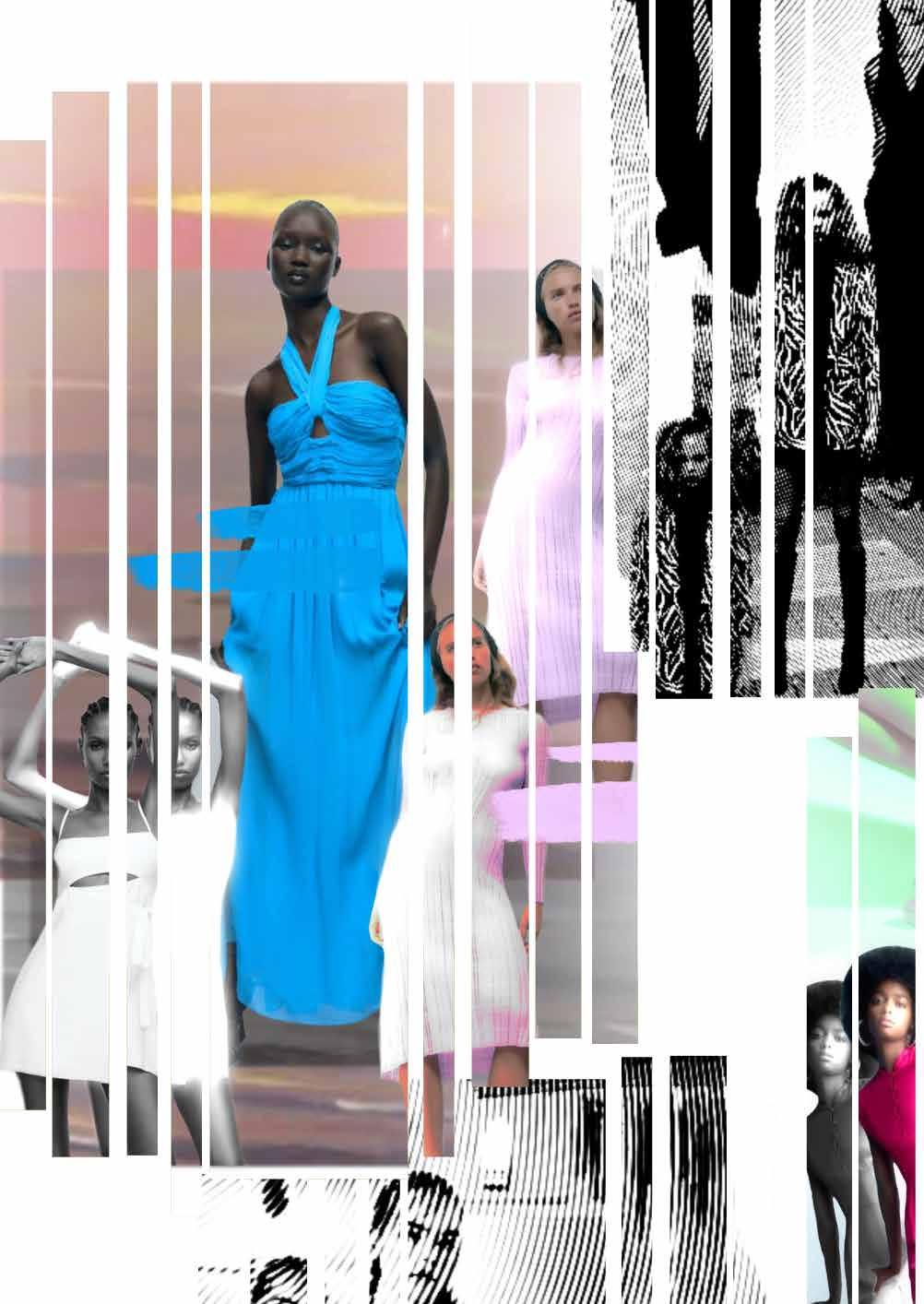

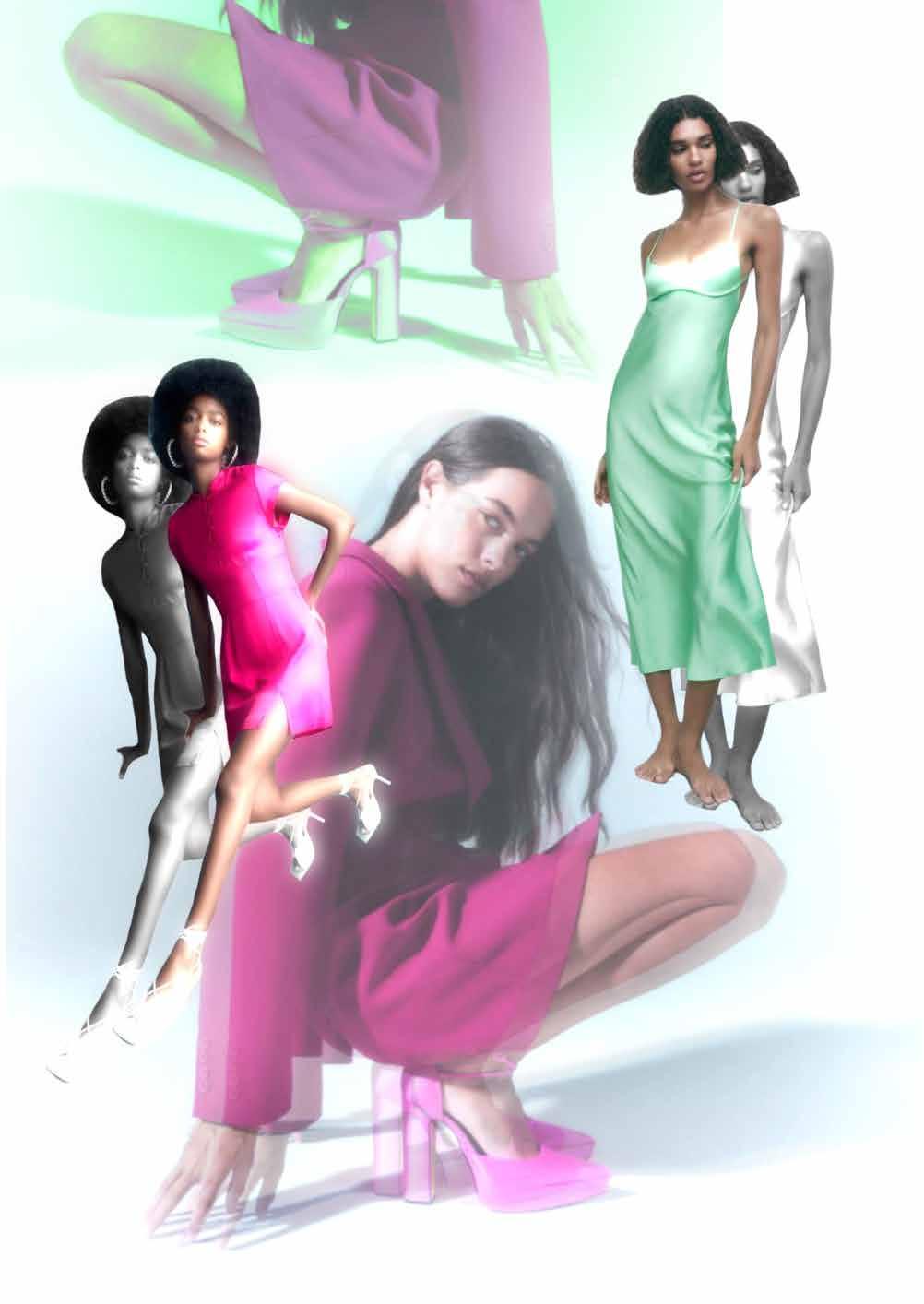
Zara is a high street fast fashion brand that has proven to have the ability to influence a mass market audience across a wide ranging consumer base over recent years. In relation to competition and popularity within the more affordable market levels, Zara has proven to be very popular amongst the Millenial and Generation Z audience especially. Over recent years, the extreme rise in popularity in styling, clothing inspiration and overall fashion sharing video-based content has skyrocketed Zara’s brand to become the ‘it’ brand for youth consumers. This is likely to be due to the brand’s trend based aesthetic and ability to create more affordable versions of currently trending luxury and high end clothing. Zara’s ability to recreate trending fashion pieces at an affordable cost to consumers has allowed the brand to create a strong ability to influence a mass market, as the rise of social media style inspiration content has allowed Zara to recieve larger volumes of brand awareness and market recognition. The high street brand has experienced many occasions on social media over recent years where a product has gone viral, and this then causing particular products to sell out. This illustrates Zara’s ability to influence a wide and diverse audience, as the power of social media has been a pivotal in aiding Zara’s distinction against competitors within the market.
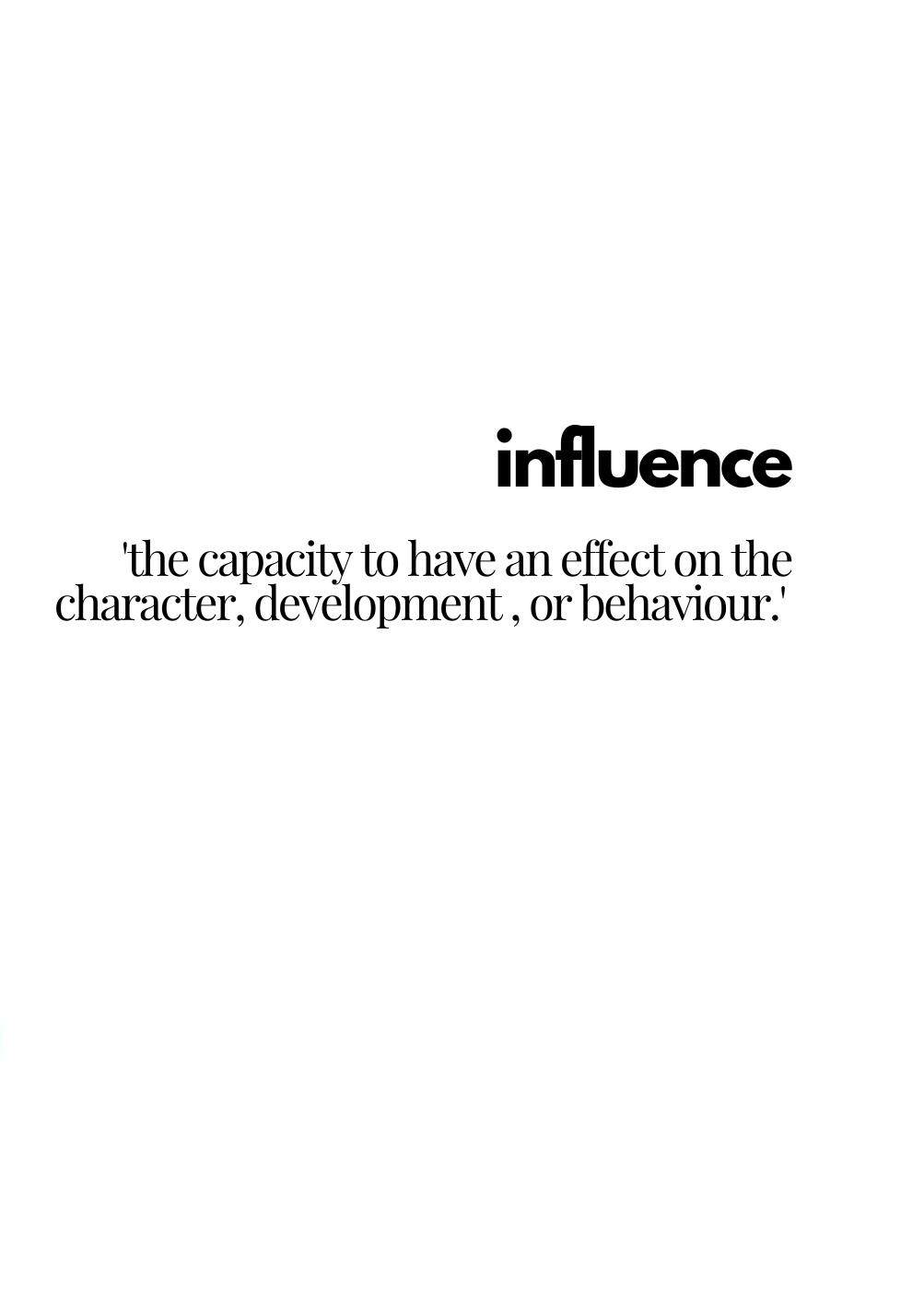
Zara can be described as accessible in the sense of the brand being widely open and not subjective to who, where and when consumers can purchase the brand’s products and services. As a result of being a high street brand, Zara has the combined benefit of consumers being able to visit and purchase within the brand’s physical stores, as well as shop online and through social media platforms, such as Instagram. This effort to make the brand widely accessible both physically in store and internationally online allows for Zara to benefit from higher levels of brand visability and brand awareness across a diverse audience base. As Zara retails within the fast fashion and affordable market level, the brand can also benefit from gaining trust and popularity within younger generations. This is because younger consumers typically have lower levels of disposible income to spend on fashion purchases, therefore having the ability to buy into trends and popular fashion can allow Zara to form a strong connection between a brand and consumer, particularly within the younger age demographics. The additional benefit of having physical stores as well as operating online and through social media is that consumers can go into store and physically feel the quality of Zara’s products, as well as having a more personal shopping experience with the brand. This adds to the idea of Zara being an accessible brand, as consumers can physically engage with the brand’s products and share in store experiences.

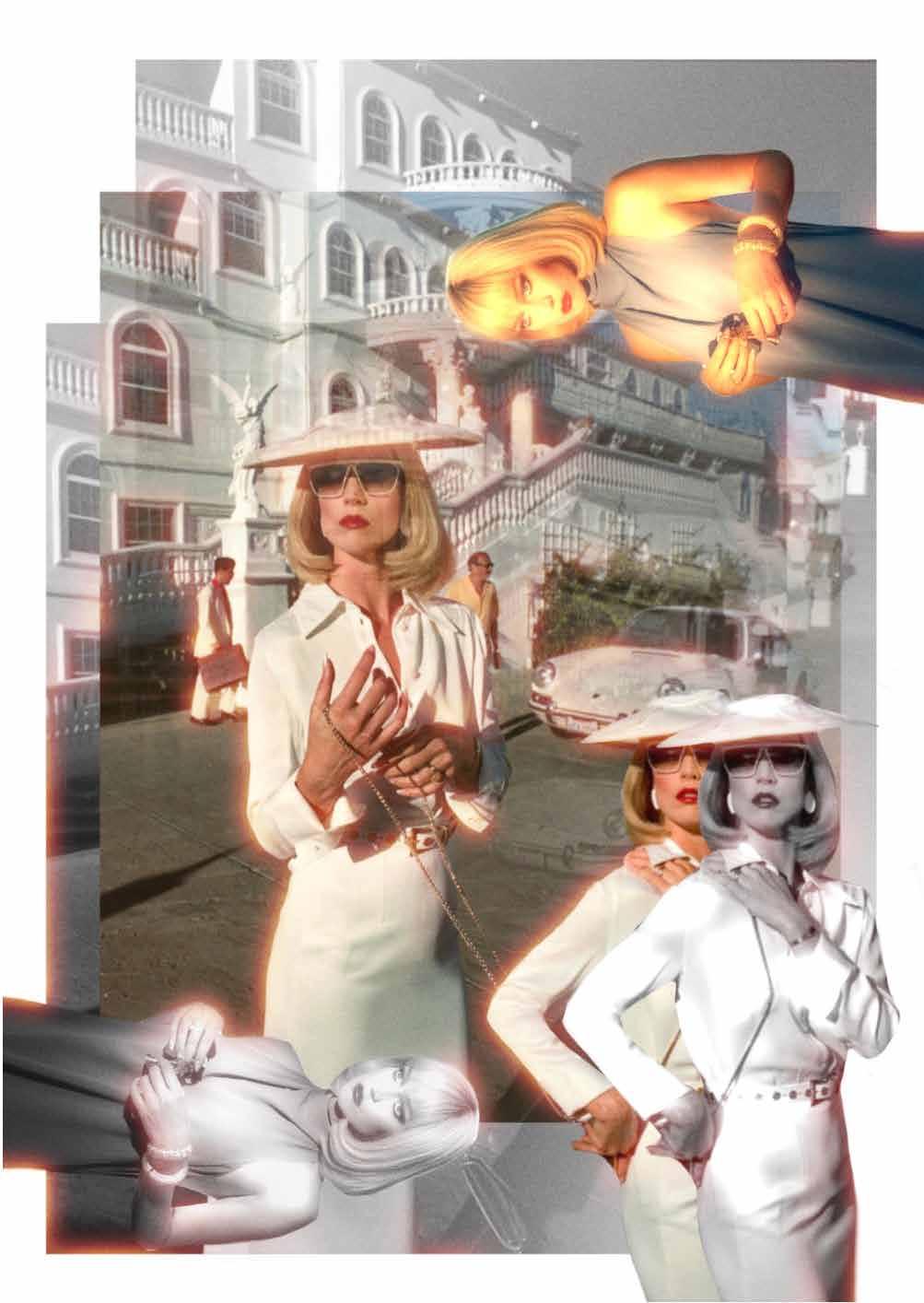

Zara is one of the world’s most well known fashion brands across the international industry. Their target audience aligns with the youth market, specifically males and females aged between 18 to 40 years. I think that Zara appeals most to younger target demographics because the brand is heavily influenced on outputting clothing, accesories and beauty products which themselves have been inspired and influenced by higher end, luxury fashion brands. Younger generations including Generation Z and Millenials are particularly supportive of minimalist luxury brands such as Jacquemus at present, and Zara has released multiple collections fof clothing, bags and accessories which are very similar and inspired by minimalist, colourful brands like Jacquemus. Creating affordable fashion that makes consumers feel like they have bought into luxury and high quality pieces can be viewed as a potential motive for youth consumers to support and buy into a brand like Zara, as they are sharing a similar brand experience as they would if they decided to buy into a luxury brand such as Jacquemus and Celine, without having to spend as much money on their products. This way of showing support for certain brands is reflective of a youth audience’s lower levels of disposable income.

Zara has had a large and impactful influence over creating, visualising and supporting many popular trends over recent years, especially in regards to the rise certain aesthetics and such as the ‘clean girl look’, the ‘star girl’ and the ‘night luxe’ aesthetic. Social media also comes into play again when we consider how Zara revolves their brand around popularising styles and trends. Video based content sharing social media platforms like TikTok have been very impactful in raising brand awareness and displaying how Zara can influence an audience to buy into different trends. As Zara operates within the fast fashion market level, the brand displays a strong ability to give their target consumers want they want and demand from the brand in terms of creating clothing, shoes and accessories that aligns with current trends, aesthetics and styling. As well as this, the brand ‘Zara’ has become a trend itself especially across social media platforms. Particularly within the younger generation z and millenial generation , Zara is often classed as the ‘go-to’ high street store for all things trend related, therefore this shows a promising sense that consumers feel a sense of brand loyalty towards the brand, as there are other alternative fast fashion and high street stores that sells products at a similar price point and similar clothing styles.
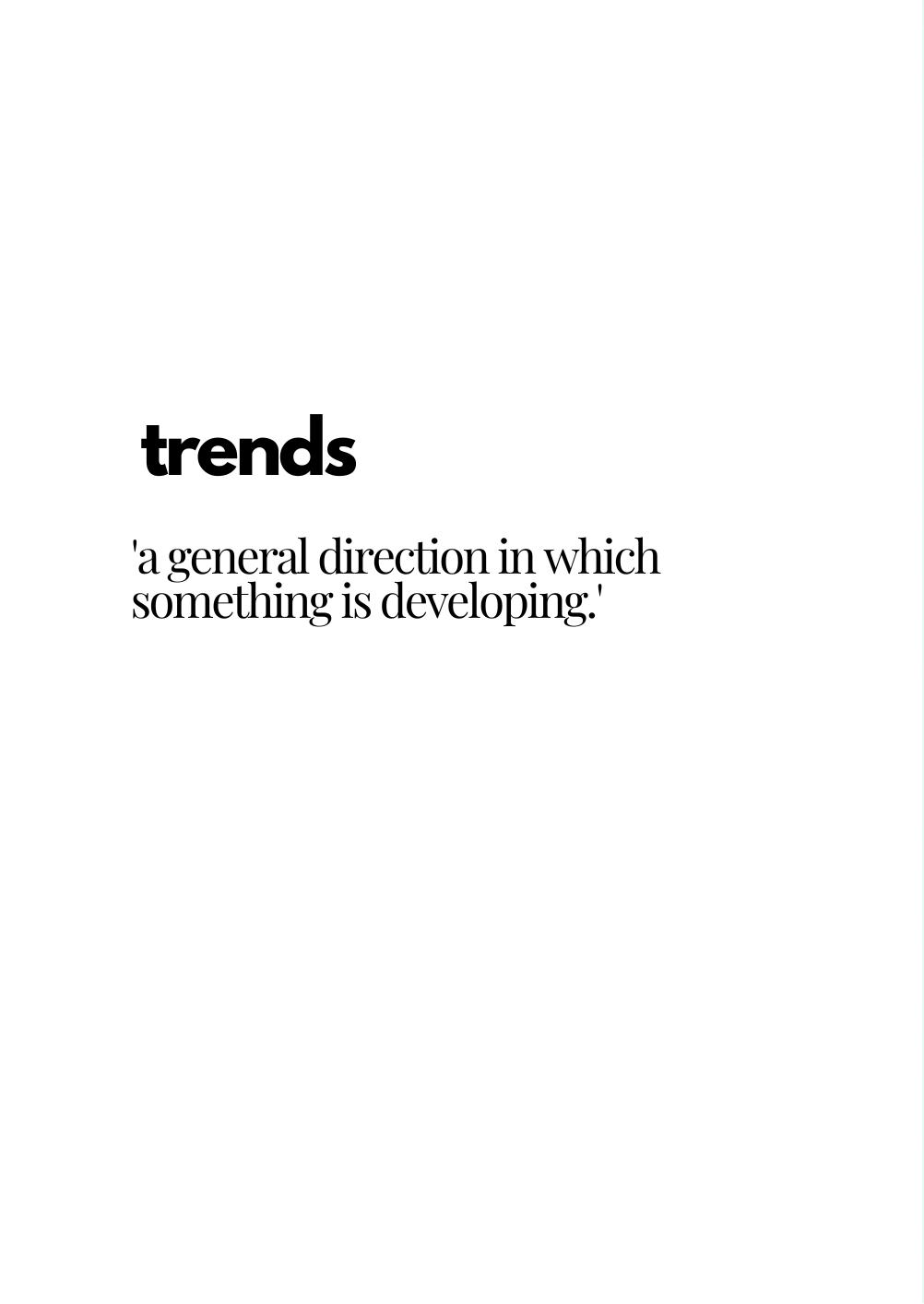
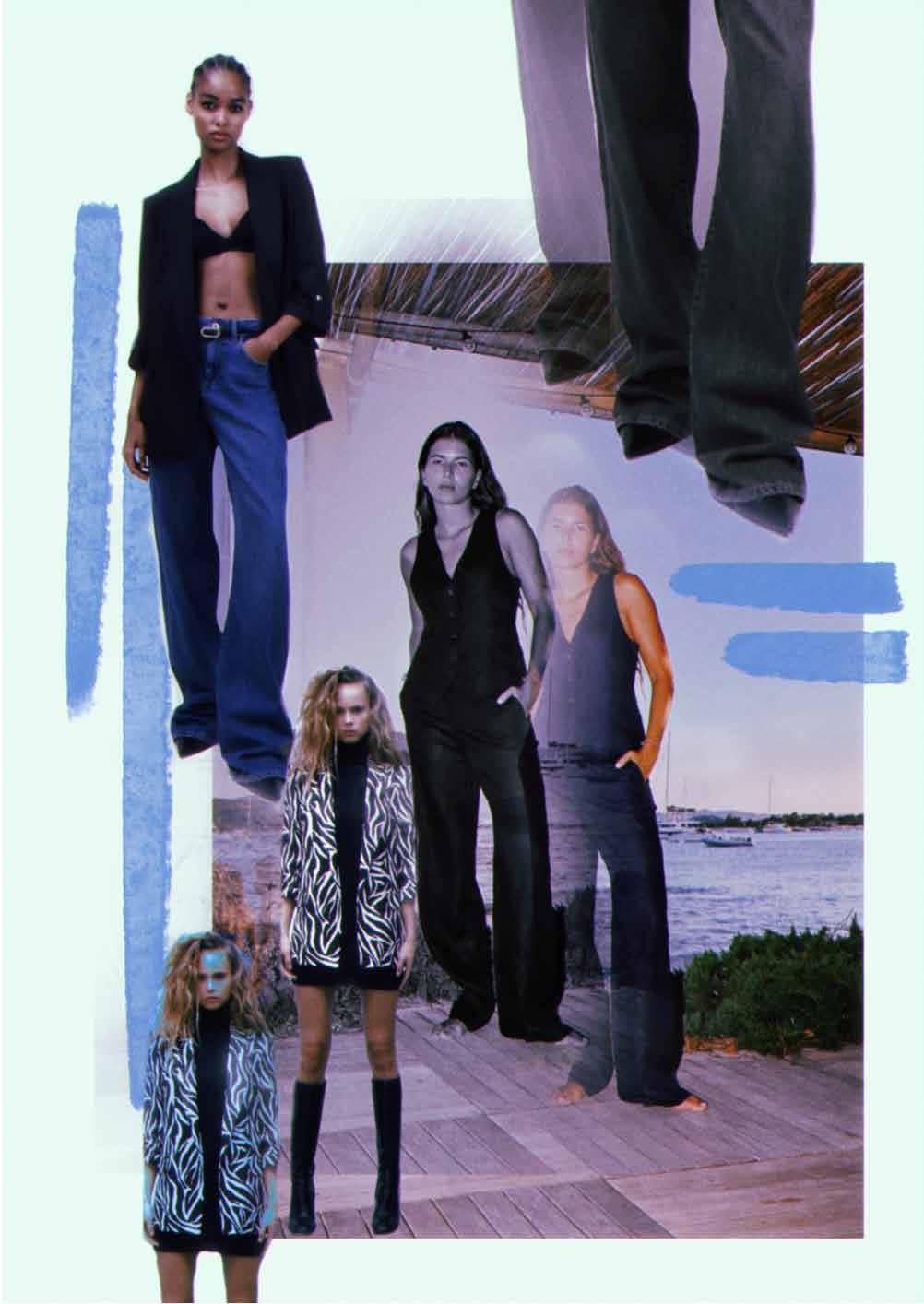
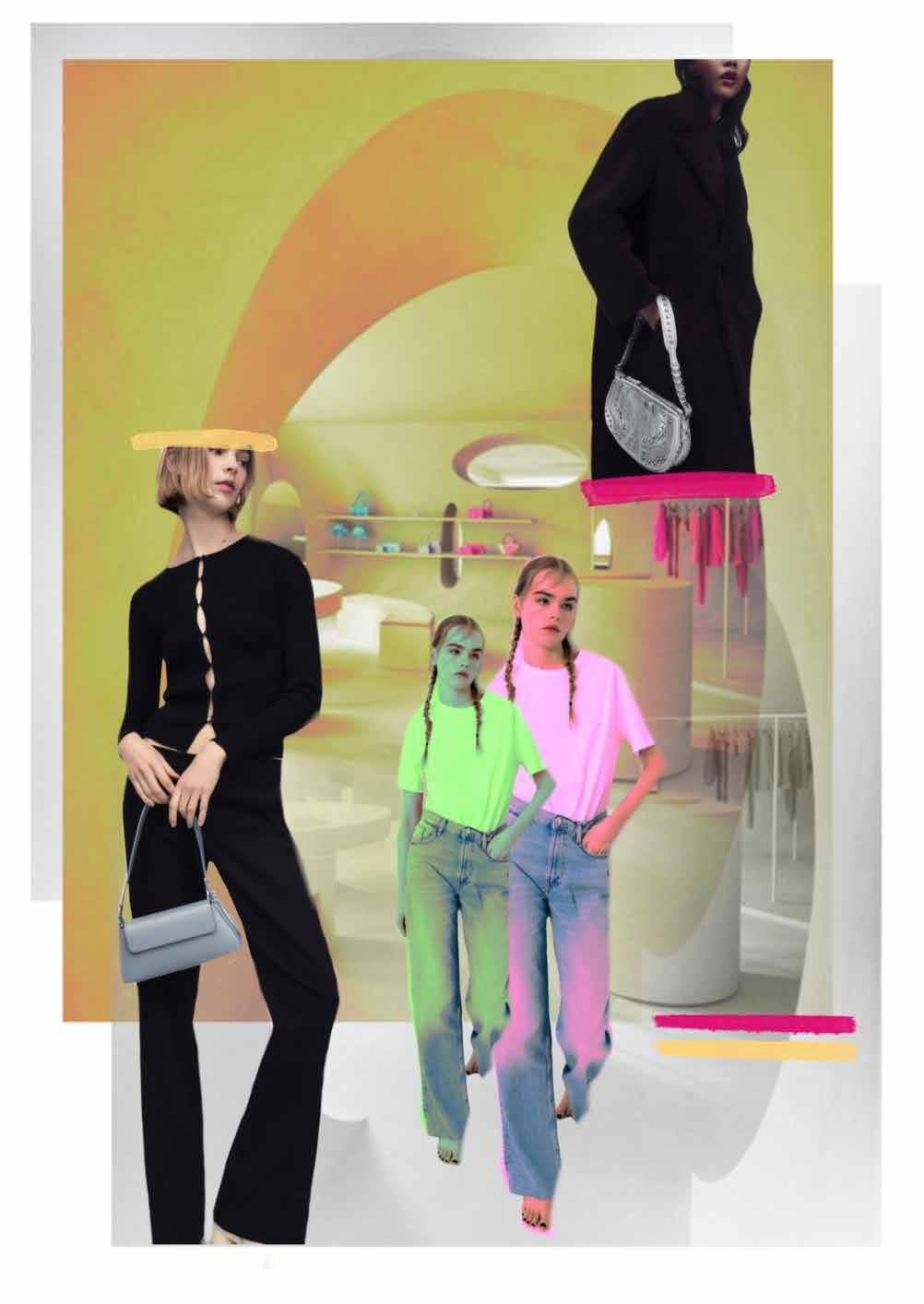
Zara is a high street fashion brand that is positioned within the fast fashion sector of the fashion industry pyramid. This market positioning comes with the characteristics of offering more afforable products at cheaper price points than you would find across market levels higher up within the hierarchy. These more affordable prices also often come with the negative association of the products being of lesser quality due to the likely possibility of creating these clothing garments and accessories with cheaper fabrics and materials at cheaper labour costs also. Despite fast fashion brands and the market level as a whole having these negative pre-percieved connotations of poor quality, for the mass market and for most people, a fast fashion high street store is likely to be the first choice ofcall as opposed to more luxurious fashion brands higher up within the market hierachy, and those charging higher, premuim prices. When comparing Zara’s pricing strategy and product quality in comparison to other fast fashion high street retailers such as H&M, Primark, or Pull and Bear, Zara does seem to charge one of the highest price points within this segment of the market, however their products are known to be of a reasonably high quality, which can aid in justifying the reasons behind the price points charged. Therefore, Zara can be described as being a brand which is classed as ‘affordable luxury’ for the everyday mass market and everyday fashion consumer.
